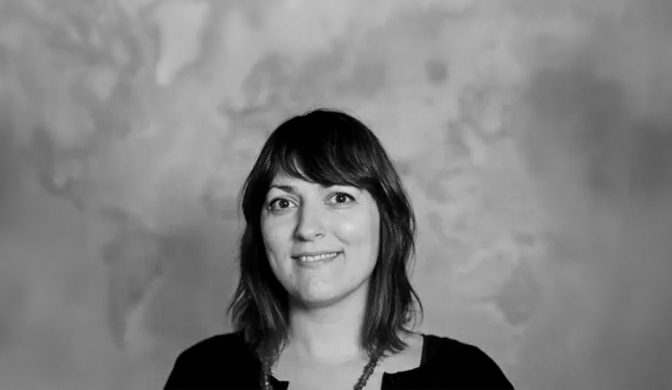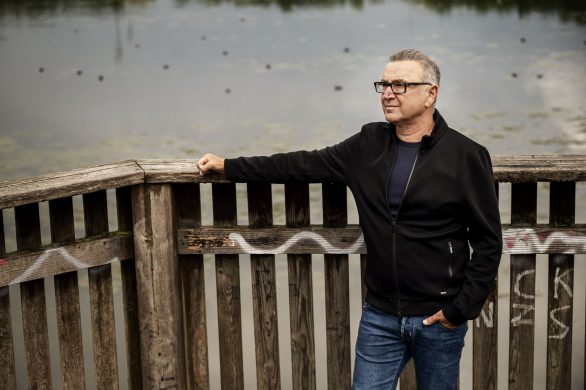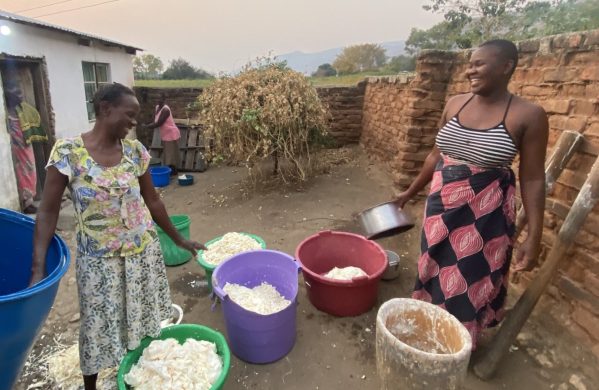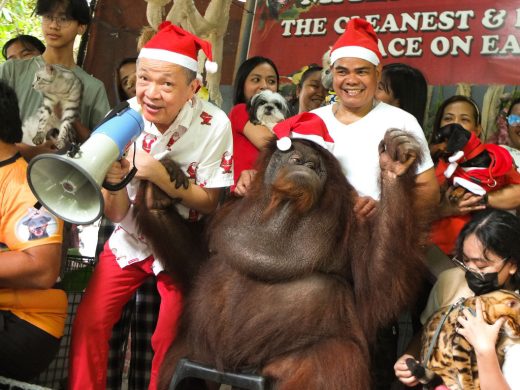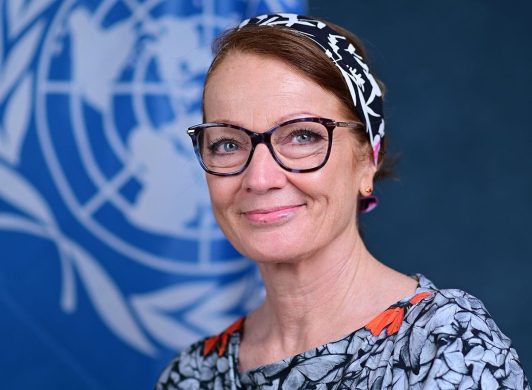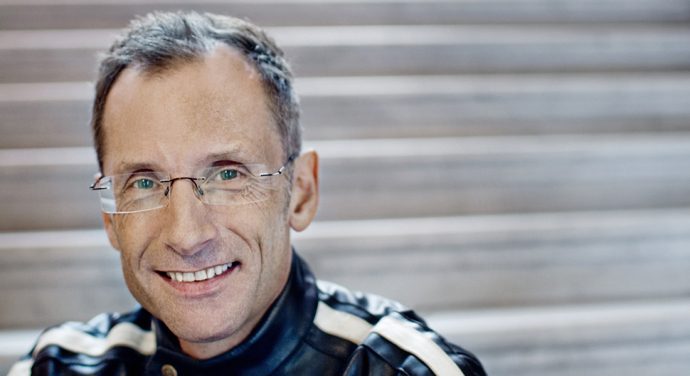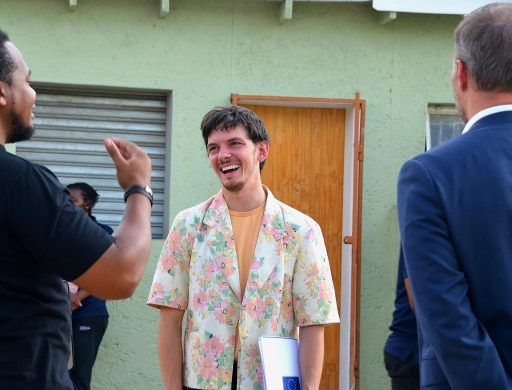Gates a titan of global health; Message of generosity rippling through rich, poor nations
By the American commentator Frank Greve
JOHN D. Rockefeller was a piker (gnier) compared with Bill Gates.
The Microsoft magnate at 49 years old, has spent nearly as much in the past five years just to improve global health – 5,4 billion US dollar – as Rockefeller gave to all causes in his 97-year lifetime.
That largess has made Gates the world leader in the main area that his foundation funds: vaccines and childhood immunizations for the developing world. The UN World Health Organization credits the Seattle-based Bill and Melinda Gates Foundation – the worlds richest, with an endowment (kapital) of 28,8 billion dollar – with helping to save 670.000 lives.
Using his “superpower access without superpower baggage,” as James Sherry of the advocacy group Global Health Council put it, Gates is convincing rich and poor countries, international health organizations and drug makers to do more to prevent Third World diseases.
Typically, they are organized into new Gates-funded global coalitions with single goals: a malaria vaccine, for example, or a spermicide (sæddræbende crem) for women that also can ward off (afværge) AIDS.
Preventive medicine revival
Donors from the singer Bono to the Bush administration have followed Gates lead, multiplying the effects of his donations. It helps that many see the Gates Foundations giving as not just massive but also shrewd (kløgtig).
This weeks Gates donation of 250 million dollar, for example, announced Monday at the World Health Assembly in Geneva, backs research on tough technical problems that, if solved, would greatly improve global health.
One challenge is to devise vaccines that do not require refrigeration. Another is to create vaccines that can be administered without needles. A third pays for genetic research to incapacitate (sætte skakmat) disease-carrying insects.
Gates is also the worlds leading supporter of research into vaccines for malaria and tuberculosis and the biggest nongovernment funder of AIDS-vaccine research. This trio causes more than 6 million deaths a year worldwide, according to the WHO. Another 2,1 million people – two-thirds of them younger than 5 – die of infectious diseases that already available vaccines could avert.
For various reasons, mainly the indifference or distraction of US and international global-health agencies, Third World preventive medicine “stagnated and regressed” in the 1990s after big improvements in inoculation rates in the 1980s, according to Dean Jamison of the National Institutes of Healths Disease Control Priorities Project and other experts.
The Gates-led revival has a legion of grant recipients saying nicer things about Microsofts founder than many users of his software.
– The Gates Foundation introduced a lot of optimism into the field of global health at a time when there was real and growing despair, said Ruth Levine of the Center for Global Development, a Washington-based group that fights rich-poor inequalities.
– We got an explosion of interest and money and work from the Gates Foundation, but the optimism was probably the most important thing. It is the original can-do foundation, she added.
Take the case of researcher Scott Halstead, who spent 40-some years seeking a dengue-fever vaccine. Dengue, an infectious mosquito-borne tropical disease of the joints that kills about 3.000 South American and Asian children a year, also afflicts developing-world economies because outbreaks sideline workers, deter trade and discourage tourism.
The US military sustained dengue research for years, but it has been flat since the early 1990s, according to Halstead. Drug companies have done modest, uncoordinated research. US and international agencies showed more interest in African diseases, especially AIDS.
Following his lead
Then, last year, 55 million dollars from the Gates Foundation doubled the worldwide dengue-research budget to 10 million a year. Halsteads research teams, which suddenly controlled the lions share of the money, were positioned to run a coordinated global campaign against dengue.
– This is like a new dawn. The money allows us to organize and focus a serious program. Every day we’re talking to lab researchers capable of doing something important who would not have been talking with us a year ago, Halstead said.
Other donors – the WHO, the European Union and the Swiss drug company Novartis – followed Gates with new commitments to fight dengue.
The Rockefeller Foundation, whose roughly 20 million dollar a year in grants had made it the dominant private global-health donor until Gates came along, played a bit part. Its small grant helped Halstead design his Gates Foundation proposal.
Gates, his wife, Melinda, and his father, Bill Sr., are hands-on managers of the foundation, which was created after Gates mother, Mary, died in 1994.
The fourth principal is foundation President Patty Stonesifer, a former Microsoft executive and close family friend. Since 1999, they have focused mainly on global health and on education, where the Gates foundation is one of many players.
All three Gates family members have spoken out against disparities in preventive health between rich and poor countries. Gates himself, who was not available to be interviewed for this story, has said he got into the issue by reading a 1993 World Bank report titled “Investing in Health.”
– Every page screamed out that human life was not being treated as nearly as valuable in the world at large as it should be, Gates told a Seattle AIDS conference in 2003.
The basic problem is that vaccines, which typically offer long-term immunity from one battery of shots, are not nearly as profitable as drugs that are taken daily. Pfizers cholesterol-lowering Lipitor, for example, with 10 billion US dollar (58 milliarder DKR) in global sales, grosses more than all the worlds vaccines combined.
To compensate, the Gates Foundation picks up research costs and helps with clinical trials in return for cut-rate sales to poor countries. It pools potential buyers to create and guarantee drug-makers the largest possible vaccine markets.
It has assembled an international public-private consortium, the Global Alliance for Vaccines and Immunization, to bring cheaper, better preventive health to the worlds 75 poorest countries.
The alliances money comes from The Vaccine Fund, mainly 1,5 billion dollar in Gates Foundation grants and pledges. Norway and the United States, the next biggest donors, chip in about 660 million dollar.
By comparison, WHOs entire annual budget is about 800 million dollar.
Kilde: The Push Journal




